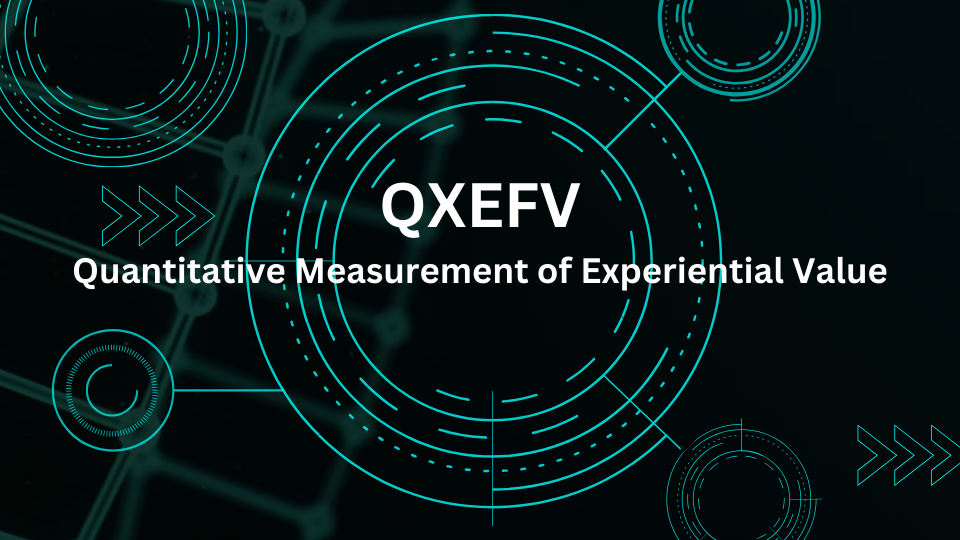What is QXEFV and How It Works?
businesses and organizations are constantly seeking ways to measure and enhance customer experiences. One emerging concept in this realm is QXEFV, which stands for “Quantitative Measurement of Experiential Value.” This article will delve into what QXEFV is, its importance, and how it works in practical applications.
Understanding QXEFV
QXEFV (Quantitative Measurement of Experiential Value) is a systematic approach to evaluating the value of experiences in measurable terms. Unlike traditional metrics that focus solely on financial performance or basic customer satisfaction, QXEFV aims to quantify the overall value derived from an experience. This could apply to customer interactions with a product, service, or brand.

Importance of QXEFV
- Holistic Insight: QXEFV provides a more comprehensive understanding of customer experiences by considering multiple dimensions beyond just satisfaction, such as emotional engagement, perceived quality, and long-term loyalty.
- Data-Driven Decisions: By quantifying experiential value, businesses can make more informed decisions based on concrete data rather than assumptions or qualitative feedback alone.
- Competitive Advantage: Organizations that effectively measure and enhance experiential value can differentiate themselves from competitors, leading to increased customer retention and loyalty.
How QXEFV Works
The process of QXEFV involves several key steps:
- Identifying Key Metrics:
- The first step in QXEFV is to identify the specific metrics that will be used to measure experiential value. These metrics can vary depending on the context but generally include factors such as customer satisfaction scores, net promoter scores (NPS), emotional responses, and behavioral data.
- Data Collection:
- Data is collected from various sources to capture a complete picture of the customer experience. This can include surveys, feedback forms, social media interactions, and transactional data. Advanced methods might also involve sentiment analysis and biometric data.
- Quantitative Analysis:
- The collected data is then analyzed using statistical and machine learning techniques to derive meaningful insights. This step often involves normalizing the data, identifying patterns, and correlating different metrics to understand their impact on the overall experience.
- Scoring and Indexing:
- A scoring system is developed to quantify the experiential value. This score, often represented as an index, aggregates the various metrics into a single, comprehensible value. For example, a company might create an “Experiential Value Index” (EVI) that ranges from 0 to 100.
- Interpretation and Action:
- The final step involves interpreting the scores and translating them into actionable insights. Businesses can identify areas where the experiential value is high and replicate those practices, while also pinpointing areas for improvement.
Practical Applications of QXEFV
- Retail: A retail chain can use QXEFV to measure the value of in-store experiences by analyzing customer feedback, purchase behavior, and emotional responses captured through facial recognition technology.
- Hospitality: Hotels can apply QXEFV to evaluate guest experiences by combining satisfaction surveys, social media reviews, and loyalty program data, leading to personalized service enhancements.
- Technology: Software companies can leverage QXEFV to assess user experiences with their products. Using metrics like usability scores, feature engagement, and user feedback to guide product development.
Conclusion
QXEFV, or Quantitative Measurement of Experiential Value, represents a powerful tool for businesses aiming to enhance customer experiences through data-driven insights. By systematically quantifying the value of experiences, organizations can better understand their customers. And improve service quality, and gain a competitive edge in their industry. As technology continues to advance, the methods and tools for implementing QXEFV will become even more sophisticated. Offering deeper insights and greater opportunities for innovation.
